Increased Focus on Vehicle Aesthetics
The Automotive Headliner Market is significantly influenced by the growing emphasis on vehicle aesthetics and interior design. Consumers are increasingly seeking vehicles that offer a premium feel, which has led manufacturers to invest in high-quality headliner materials and designs. This trend is reflected in the rising demand for headliners that incorporate unique textures, colors, and finishes. Market data suggests that the segment of luxury vehicles is particularly driving this demand, as manufacturers strive to differentiate their offerings in a competitive landscape. Consequently, the Automotive Headliner Market is likely to see continued growth as aesthetics become a key selling point for automotive brands.
Rising Demand for Lightweight Materials
The Automotive Headliner Market is experiencing a notable shift towards lightweight materials, driven by the automotive sector's focus on enhancing fuel efficiency and reducing emissions. Manufacturers are increasingly adopting materials such as thermoplastics and composites, which not only contribute to weight reduction but also improve the overall performance of vehicles. According to recent data, the use of lightweight materials in automotive applications is projected to grow at a compound annual growth rate of approximately 7% over the next five years. This trend is likely to propel the demand for innovative headliner solutions that align with the industry's sustainability goals, thereby reshaping the Automotive Headliner Market.
Growth of Electric and Autonomous Vehicles
The rise of electric and autonomous vehicles is poised to transform the Automotive Headliner Market significantly. As these vehicles often feature advanced technologies and unique interior layouts, there is a growing demand for headliners that can accommodate new functionalities, such as integrated lighting and infotainment systems. Market analysts indicate that the electric vehicle segment is expected to grow at a rate of over 20% annually, which will likely drive innovation in headliner design and materials. This shift presents opportunities for manufacturers to develop headliners that not only enhance the user experience but also align with the technological advancements in the automotive sector, thereby influencing the trajectory of the Automotive Headliner Market.
Regulatory Standards and Safety Compliance
Regulatory standards and safety compliance are becoming increasingly critical in the Automotive Headliner Market. Governments worldwide are implementing stringent regulations regarding vehicle safety and environmental impact, which directly affect the materials and manufacturing processes used in headliner production. Compliance with these regulations often necessitates the adoption of safer, more sustainable materials, which can influence market dynamics. For instance, the push for reduced volatile organic compounds (VOCs) in automotive interiors is prompting manufacturers to innovate and adapt their product offerings. This regulatory landscape is likely to shape the future of the Automotive Headliner Market, as companies strive to meet compliance while maintaining product performance.
Technological Advancements in Manufacturing
Technological advancements are playing a pivotal role in the Automotive Headliner Market, as manufacturers leverage cutting-edge techniques to enhance production efficiency and product quality. Innovations such as automated manufacturing processes and advanced materials science are enabling the creation of headliners that are not only aesthetically pleasing but also functional. For instance, the integration of sound-absorbing materials and improved thermal insulation properties is becoming increasingly common. As a result, the market is witnessing a surge in demand for headliners that meet the evolving needs of consumers, indicating a robust growth trajectory for the Automotive Headliner Market.
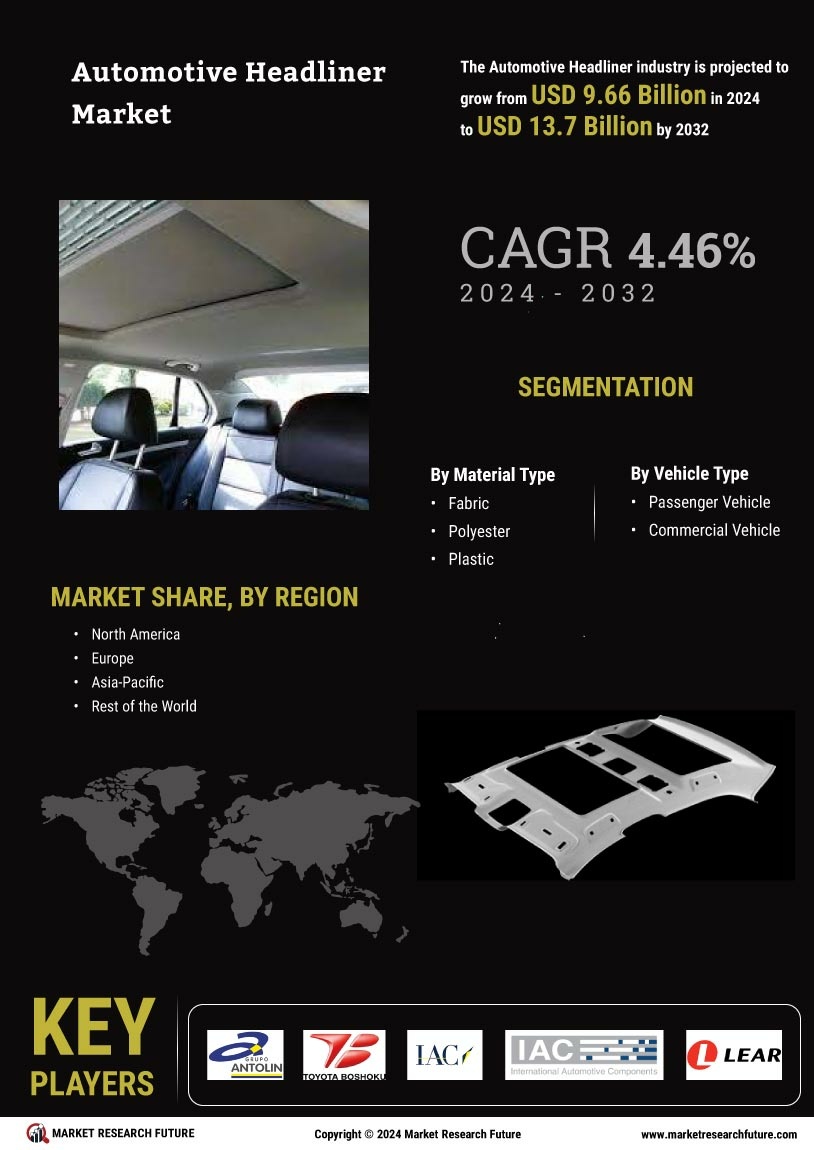


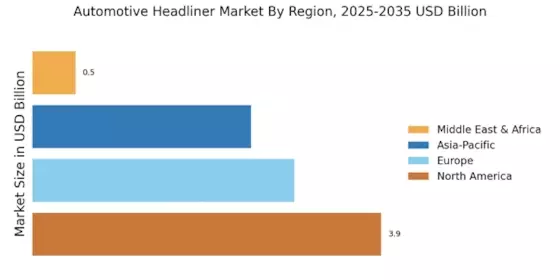
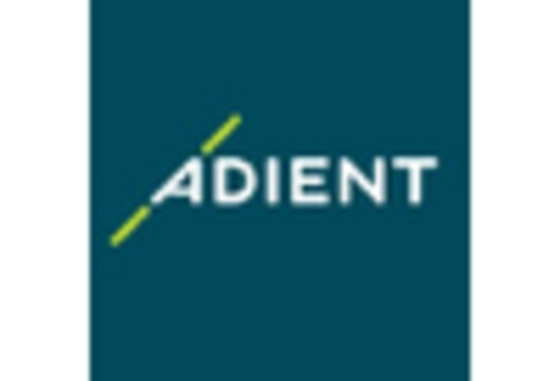
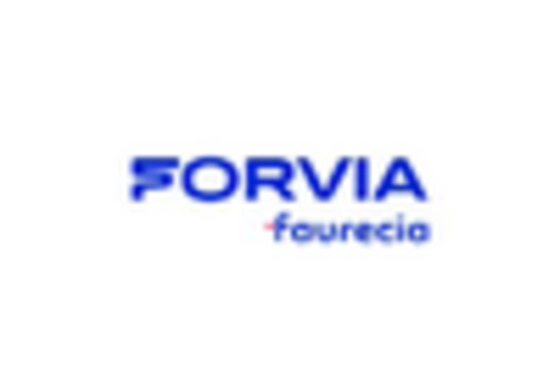

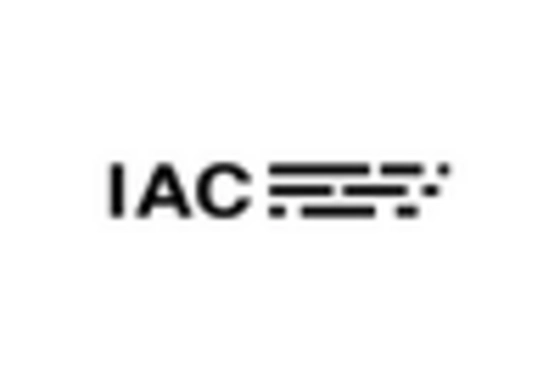










Leave a Comment